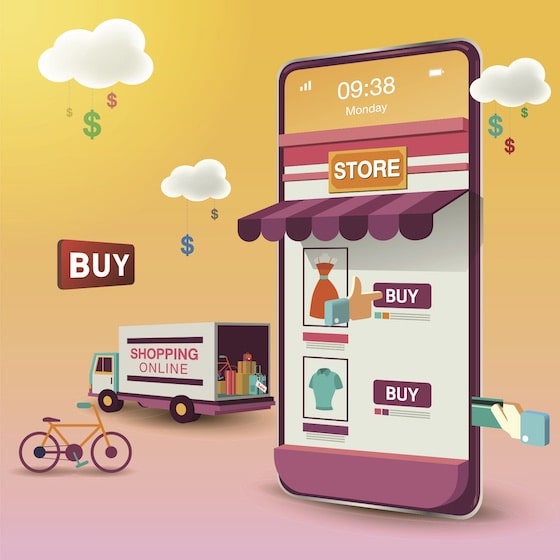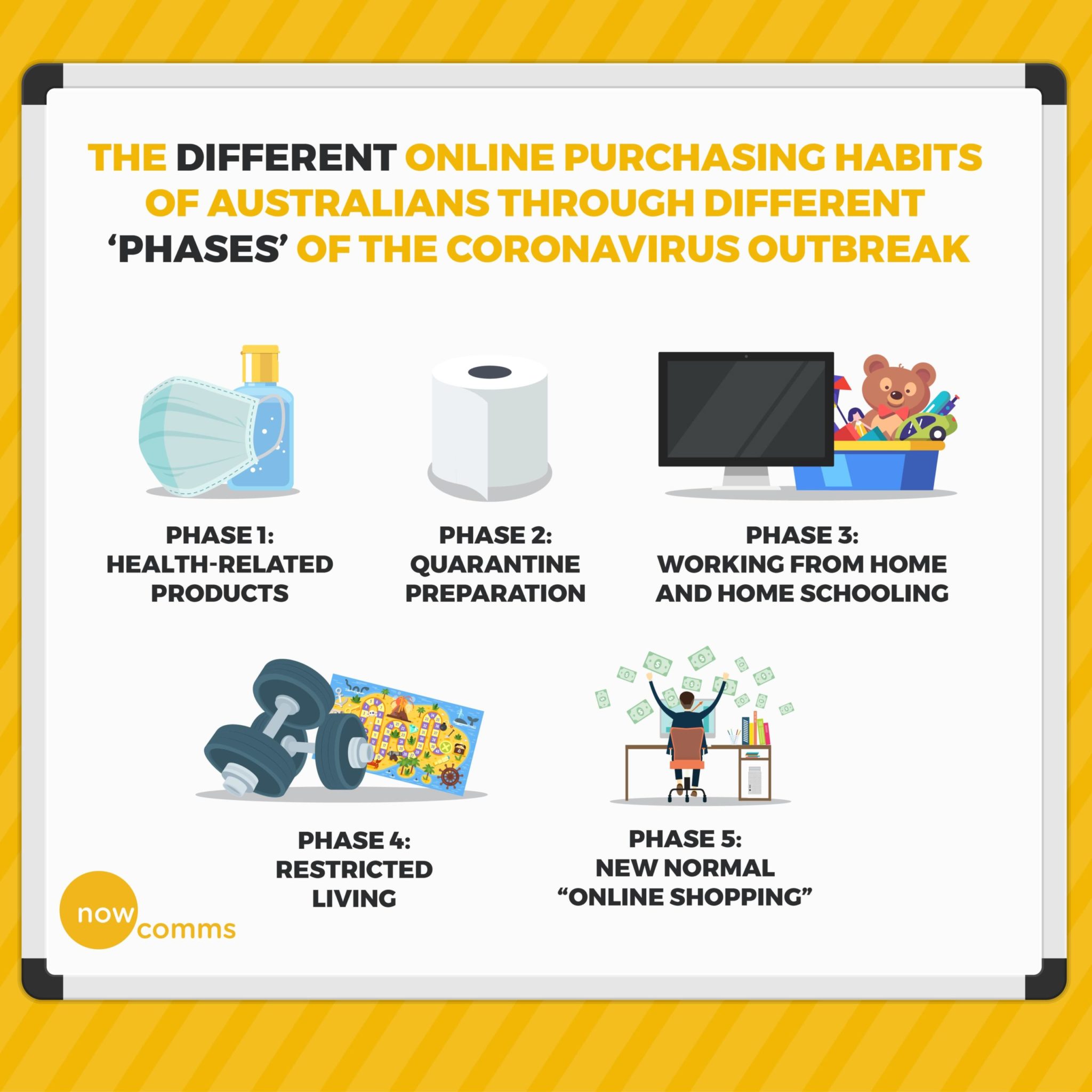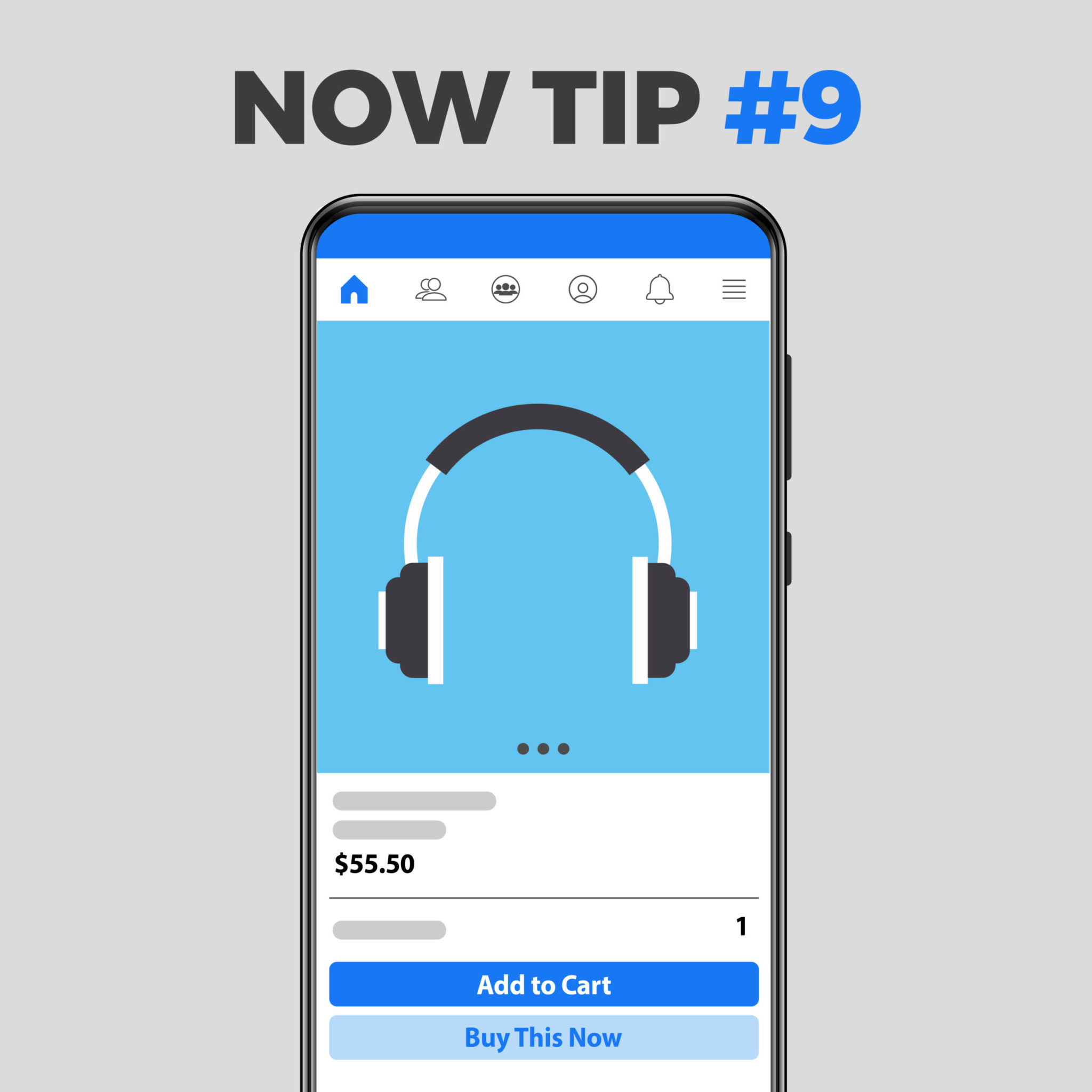Starting an online store, what do I need to know?
It’s never been so easy to create a digital commerce website. Just jump onto Shopify and you’re up and running. You can have a website live and functional in a matter of hours. Simple, right? While Shopify has made getting the website up and running easy, here’s a few things you need to think about before starting off.
If I build it will they come?
No, you’re not Kevin Costner and this isn’t Field of Dreams. Unless you have an Inbound Digital Marketing plan for how you’re going to drive quality traffic to your website this venture isn’t going to go anywhere. Google and Facebook are your most obvious go-to options. But try to think like your customers and work out how to best get to them for free, before you go and spend lots of money with the tech giants. If all of this is foreign to you, jump online and do some research, or contact us for some advice.
What’s your Unique Selling Proposition (USP)?
Just having things for sale on a website isn’t enough to get people to buy. What niche in the market have you carved out for yourself? Are you selling something no one else is? Are you selling the same things but cheaper or with faster delivery? Is it customer service that sets you apart from the rest?
In the old days just having someone walk past your bricks and mortar store was good enough. If they liked what they saw there was a good chance they would buy from you. These days, there are over 1 billion websites to search for on the internet. If you’ve managed to get audiences onto your site and interested, they’ll most likely be also looking at all your competition websites to see who’s offering lower prices, faster or free deliver, coupon codes, loyalty points, gifts with purchase, or free returns. Having a USP or clear differentiator in will help your customers choose you instead of your competition.
How are you fulfilling orders?
Once you’ve got the above challenges out of the way and you’ve convinced someone to put their trust and hard earned dollars into an order what next? Customers want to know instantly that their order has been received, someone’s picked, packed it and it’s logged with a courier for delivery. They want to know when it will arrive and constant updates to any changes or delays. You need a reliable delivery service with SLAs you can trust and a system for keeping the customer updated via email and/or SMS.
What about returns?
The customer has received their package and it’s broken, or the wrong size or the size they ordered but it doesn’t fit or they just don’t want it anymore. What do you do then? What do they do? Have you got a well articulated returns, refunds and exchanges policy? Who pays for shipping? How do they pay?
Making returns easy and having a friendly and flexible policy will help you convert more shoppers into customers.
Can I speak to a human?
You can automate a lot of things and chat bots are great (sometimes) but sometimes something happens and the customer just needs to speak to a human. Who’s running your customer care department? What hours do they keep? Can customers get a hold of you via email, webform, SMS, phone, Messenger, WhatsApp, Skype, live chat? If someone isn’t available right away how long will the customer need to wait?
It isn’t just after sales support, attentive and knowledgeable customer care reps can be powerful tools in the conversion process too.
What’s working and what’s not on your site?
Once you’re site is getting tonnes of traffic and the orders are rolling in regularly, the question moves to: where to from here? What do you change? What’s working well, what’s hurting your business? How do you tell?
The answer lies in the data and using it to form hypothesis’ which you then test. Ranging all of your products by size might make sense to you but is it the way your customers shop? Would they rather shop by colour or pattern? Only a well thought out and run test will uncover the truth.
Are you tracking data?
Before you start making lots of changes and decision about your webshop, make sure that you’ve got your analytics setup correctly for your specific business. Is Google Analytics configured and capturing the right data? What are you using to capture qualitative data? Are you looking at your inbound data? Are you looking at your customer service and sales data? Which software programs are you using or connecting together?
There are many free and paid analytics services out there. For many a good combination would be: Google Analytics, Facebook Insights, MailChimp Analytics, Shopify Analytics, and any CRM, POS, or ERP software you have internally to run your business.
Need help with any of the above?
Now Comms Group has been helping clients solve their marketing and ebusiness challenges since 2008. We’ve worked with businesses large or small and across many different industries. Our Digital Commerce CoPilot Program has been specifically designed to help eBusiness teams and digital marketers work through their digital commerce journey and ensure they’re operating at peak performance – to deliver profitable results.
Categories
- Content (5)
- Customer Service (2)
- Design (4)
- Development (8)
- Digital Marketing (17)
- Ecommerce (23)
- Martech (16)
- Shopify (2)
- Strategy (22)
- Websites (15)




